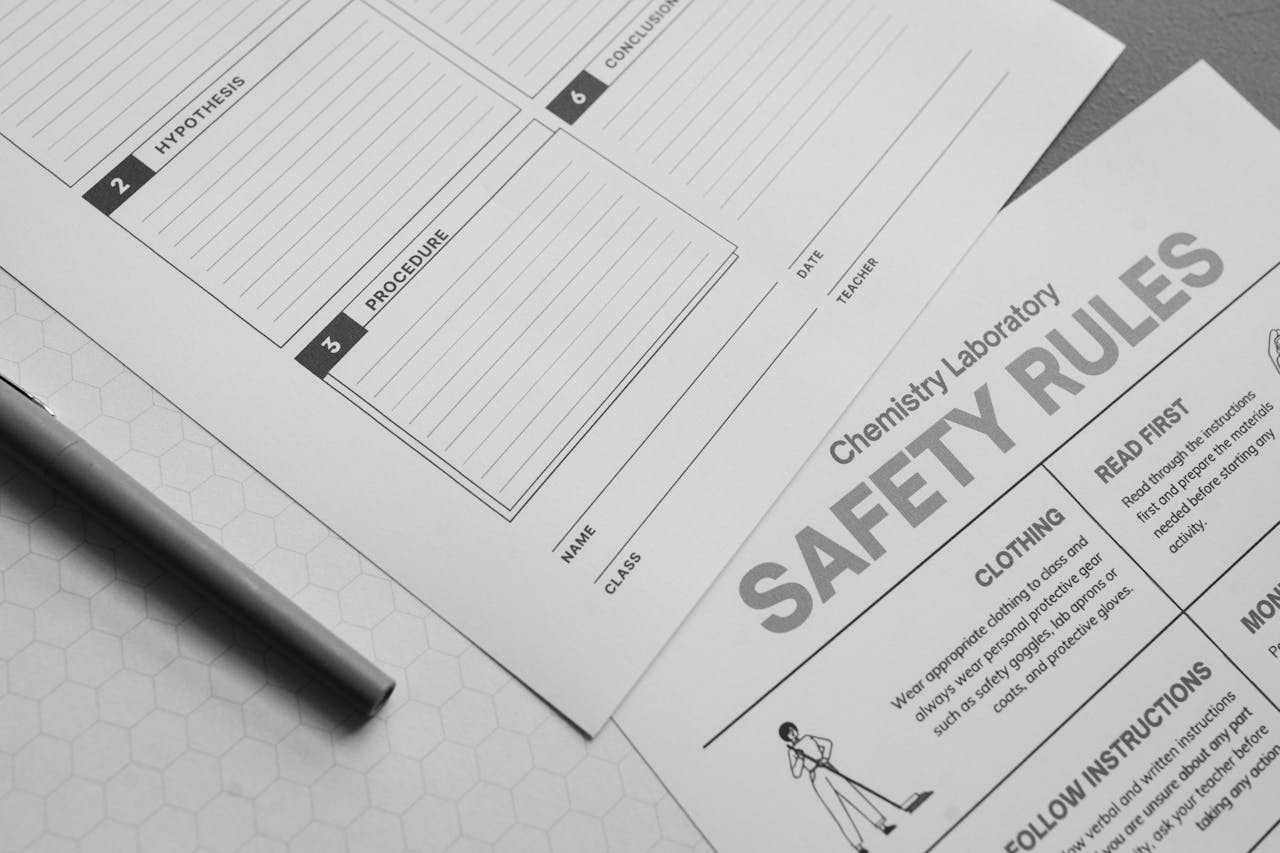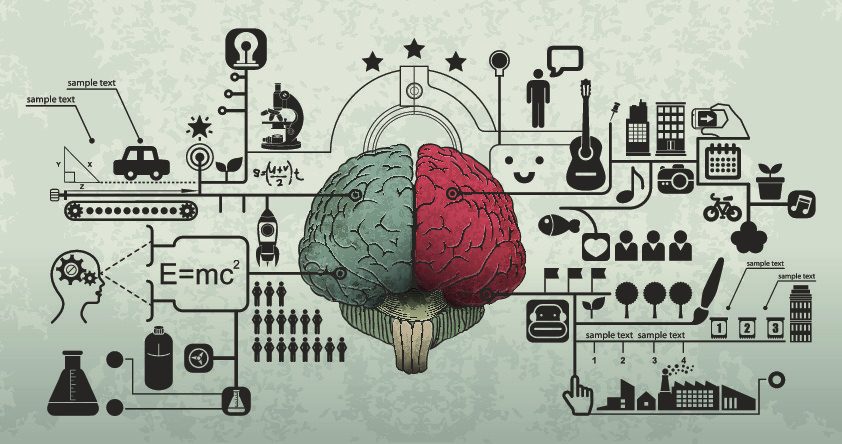The Art of Organizational Accountability

Setting Clear Expectations for Employees
Communication is key when it comes to. It is important to have open and honest conversations with your team members about what is expected of them in their roles. This includes discussing goals, deadlines, and any other important details that will help them succeed in their positions.
Another important aspect of setting clear expectations is providing feedback on a regular basis. This feedback should be constructive and specific, highlighting both areas of strength and areas for improvement. By providing regular feedback, employees will have a better understanding of how they are performing and what they can do to grow within the organization.
Fostering a Culture of Responsibility and Ownership
Creating a culture of responsibility and ownership within an organization is essential for long-term success and growth. When employees feel accountable for their actions and take ownership of their work, it can lead to increased productivity, higher morale, and better teamwork. One way to foster this culture is by setting clear expectations and goals for each individual and team, and providing regular feedback and recognition for their efforts.
Encouraging open communication and transparency can also help instill a sense of responsibility among employees. By promoting a work environment where people feel comfortable discussing their challenges and seeking help when needed, you can create a supportive atmosphere that values accountability. Additionally, empowering employees to make decisions and take initiative can boost their confidence and sense of ownership in their work, ultimately leading to a more engaged and motivated workforce.
Implementing Regular Feedback and Performance Reviews
Implementing regular feedback and performance reviews is crucial for fostering a culture of continuous improvement within an organization. By providing employees with constructive feedback on their performance, managers can help them understand their strengths and areas for growth. This, in turn, can lead to increased employee engagement, productivity, and job satisfaction.
One effective way to conduct performance reviews is to set clear expectations and goals for each employee at the beginning of the evaluation period. Regular check-ins throughout the year can help employees stay on track and address any issues in a timely manner. Additionally, incorporating 360-degree feedback from peers, direct reports, and supervisors can provide a well-rounded view of an employee’s performance. Remember, feedback should always be specific, constructive, and actionable to drive real change and improvement.
Utilizing Technology to Track Progress and Improve Accountability
One of the key ways organizations can ensure accountability and track progress is by leveraging technology to their advantage. By utilizing various tools and software, companies can streamline processes, set clear goals, and monitor performance in real-time. This not only helps in improving transparency within the organization but also encourages employees to meet their targets efficiently.
Implementing a digital system for tracking progress allows for easy access to data, making it simpler to identify areas that require improvement. Furthermore, technology can provide insights through analytics and reporting, enabling management to make informed decisions based on accurate and up-to-date information. With features such as automated reminders and notifications, teams can stay on top of deadlines and responsibilities, ultimately leading to a more accountable and productive work environment.
Final Thoughts…
Mastering the art of organizational accountability is a vital component in fostering a culture of trust, transparency, and success within any business. By implementing clear expectations, open communication, and holding individuals responsible for their actions, organizations can elevate their performance and achieve their goals. Remember, accountability is not just a buzzword, but a powerful tool that can drive positive change and growth. So, embrace accountability, empower your team, and watch your organization thrive. Thank you for exploring the importance of accountability in the workplace with us. Here’s to a future filled with integrity and excellence.


 In the fast-paced world of performance evaluations and workplace expectations, the measure of success can often feel like a moving target. But what if we told you there was a clear and objective way to uncover the secrets behind work performance standards Join us as we dive deep into the world of standardized performance metrics and unveil the key to unlocking your full potential in “The Measure of Success: Work Performance Standards Unveiled.”
In the fast-paced world of performance evaluations and workplace expectations, the measure of success can often feel like a moving target. But what if we told you there was a clear and objective way to uncover the secrets behind work performance standards Join us as we dive deep into the world of standardized performance metrics and unveil the key to unlocking your full potential in “The Measure of Success: Work Performance Standards Unveiled.”
